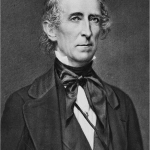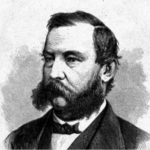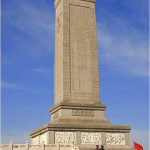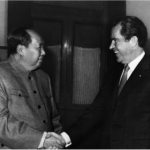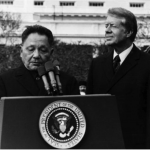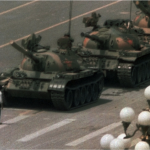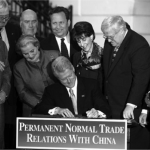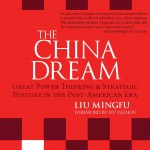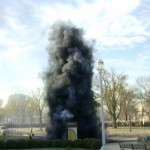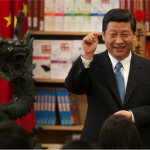100 Years in Short
-
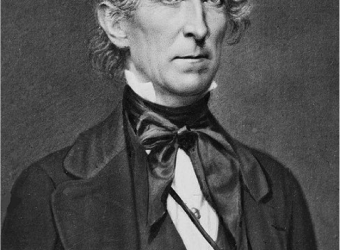
1844: Treaty of Wangxia
“In the latest version of history, the first American villain is President John Tyler. In the Treaty of Wangxia, signed in 1844, Tyler imposed on China what Mao called “the first unequal treaty signed as a result of U.S. aggression against China.” (p. 104)
-
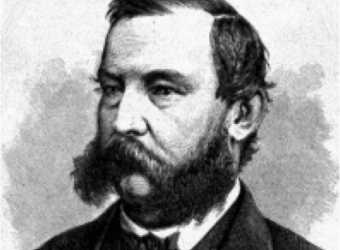
1868: Anson Burlingame Visits China
According to Mei Renyi at the Center for American Studies at Beijing’s Foreign Languages University, the Burlingame Treaty of 1868 forced China ‘to follow Western Cultural norms.’ (p. 105)
-
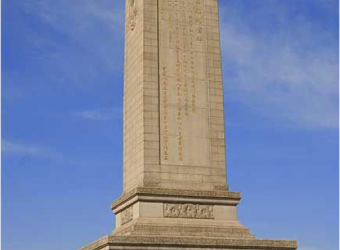
1958: Monument in Tiananmen Square
“What the monument actually signifies is the airing of China’s grievances…a ‘century of humiliation’ at the hands of the Western powers, beginning in 1839…That the obelisk has become a centerpiece for patriotic demonstrations among the Chinese people sends another signal that we have missed: China’s day of justice is coming” (p. 18)
-
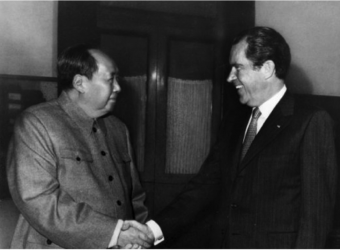
1972: Richard Nixon and Henry Kissinger
“But many have forgotten…that the opening was not actually initiated by Nixon or by Kissinger…Indeed, in many ways, it was not Nixon who went to China, but China that went to Nixon ” (p. 52)
-
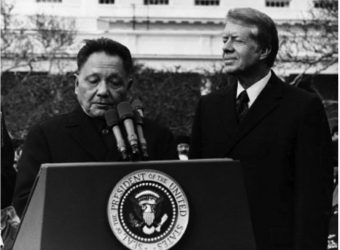
1978: Transfer of scientific knowledge begins
“In July 1978, President Carter sent to China the highest-level delegation of U.S. scientists ever to visit another country…[Frank Press] was surprised when Deng proposed that the United States immediately accept seven hundred Chinese science students, with the larger goal of accepting tens of thousands more…” (p. 70)
-
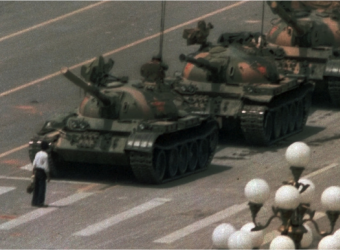
1989: Tiananmen Square massacre
“Hundreds, and perhaps thousands, of unarmed Chinese students died in the streets…Whole building surrounding the square were raked with gunfire. Soldiers kicked and clubbed protesters and tank treads rolled over their legs and backs.” (p. 83)
-

1999: U.S. Accidentally Bombs China Embassy in Belgrade
“The People’s Daily…called the bombing of the Belgrade embassy a ‘barbaric crime’ and referred to ‘NATO led by the United States’ as an ‘arch-criminal’…The long, front page article likened the United States to Nazi Germany in eight specific ways.” (p. 94)
-
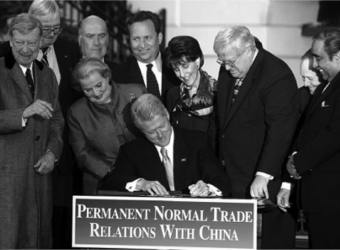
2000: U.S. Normalizes Trade Relations with China
“By the end of 1993, in what the Chinese now refer to as “the Clinton coup,” these allies persuaded the president to relax his anti-China stance…Sanctions were eased, then lifted.” (p. 92)
-
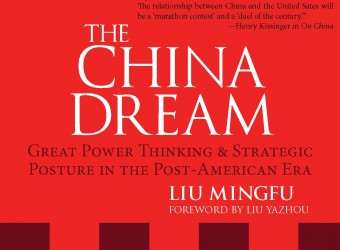
2009: Col. Liu Mingfu publishes The China Dream
“…Xi was referring to a once-obscure book…published in China in 2009 called The China Dream. The book was written by a colonel in the People’s Liberation Army named Liu Mingfu…It was here that I first spotted a specific written reference to ‘the Hundred Year Marathon’ ” (p. 28)
-
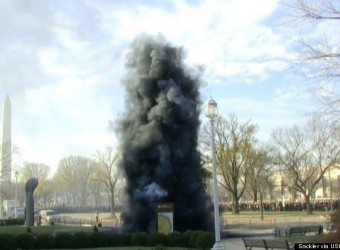
2012: Cai Guo-Qiang explodes Christmas tree on National Mall
“We Americans still don’t see China the way it sees us—a condition that has persisted for decade. Why else would the Smithsonian Institution pay a famous Chinese artist $250,000 to blow up a Christmas tree on the National Mall?” (p. 4)
-
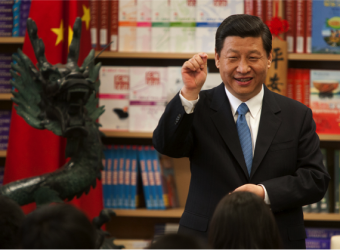
2013: President Xi Assumes Presidency of China
“…the prevailing sentiment among Western observers was that Xi, a rather harmless looking man…was a Gorbachev like reformer…But Xi soon demonstrated that he had a dream of his own—one of a resurgent China that would reclaim its rightful place atop the global hierarchy” (p.17)

